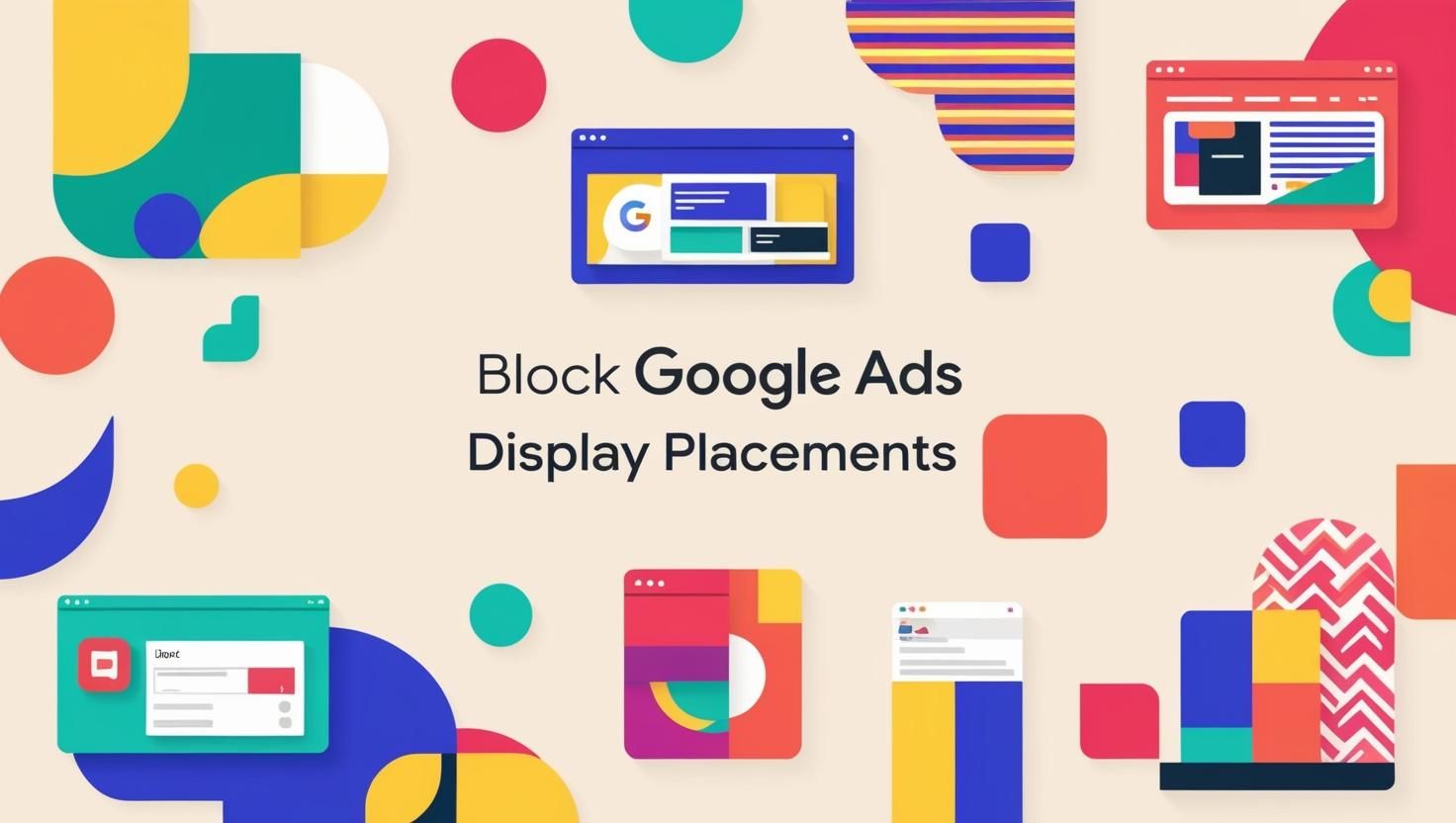
10 Essentials to Tackle Before Building Your Business Website
A website is often the first point of contact between a business and its customers. But before you jump into creating your business website, there are crucial steps you need to take to ensure it serves its purpose effectively.
This guide will walk you through ten essential things to tackle before building your business website, helping you lay a strong foundation for online success.
Identify Your Website’s Purpose
Before you even think about design or content, it's vital to pinpoint the primary goal of your website. Are you looking to sell products? Provide information? Generate leads?
Understanding your website's purpose will guide every decision you make moving forward. It will help you create a focused and effective site that meets both your business objectives and your audience's needs. Clear goals will also streamline the decision-making process for your site’s design and functionality.
Understand Your Target Audience
Your website should cater to your target audience's preferences, needs, and behaviors. Start by creating detailed buyer personas that outline their demographics, interests, and pain points.
By understanding your target audience, you can tailor your site's content, design, and user experience to meet their expectations. This focus will make your website more engaging and effective. Additionally, knowing your audience helps in crafting relevant calls to action and content that resonates with them.
Conduct Market Research
Market research is key to understanding the competitive landscape and identifying opportunities for differentiation. Analyze your competitors' websites to see what they're doing well and where they fall short.
This research will give you insights into industry trends, popular features, and customer expectations. Use this information to create a website that stands out and offers something unique. Market research can also reveal potential partnerships and collaboration opportunities.
Define Your Brand Identity
Your website should reflect your brand’s identity consistently across all pages. This includes your logo, color scheme, typography, and overall design aesthetics.
A strong brand identity helps build trust and recognition among your audience. It's essential for creating a cohesive and professional online presence. Consistency in branding also enhances user experience and reinforces your brand's message and values.
Plan Your Content Strategy
Content is king, and having a solid content strategy is crucial for attracting and retaining visitors. Determine the types of content you'll produce, such as blog posts, videos, infographics, and case studies.
A well-thought-out content plan ensures that your website remains fresh, relevant, and valuable to your audience. It also helps in maintaining SEO performance and driving organic traffic. Planning your content in advance allows for better alignment with marketing campaigns and business goals.
Choose the Right Platform
Selecting the right website platform is critical for ensuring scalability, security, and ease of use. Popular options include WordPress, Shopify, and Wix, each with its own set of pros and cons.
Take into account factors like customization, ease of use, and support when choosing a platform. The right platform will provide the necessary tools and flexibility to grow your site as your business expands. Consider your technical expertise and budget as well when making this decision.
Optimize for SEO
Search Engine Optimization (SEO) is vital for driving organic traffic to your website. Before launching, research relevant keywords and optimize your site’s structure, content, and metadata accordingly.
Good SEO practices ensure that your website ranks higher in search engine results, making it easier for potential customers to find you. Implementing SEO strategies early on will save you time and effort in the long run. Regularly updating and optimizing your site keeps it competitive in search rankings.
Ensure Mobile Responsiveness
With more users accessing websites via mobile devices, ensuring your site is mobile-friendly is non-negotiable. Test your design on various devices to guarantee a seamless user experience across all platforms.
Mobile responsiveness enhances user experience, reduces bounce rates, and improves SEO rankings. A mobile-friendly site is more likely to engage visitors and convert them into customers. Use responsive design techniques and tools to achieve this.
Plan for Security
Website security is crucial for protecting your business and customer data. Implement SSL certificates, regularly update software, and use strong passwords to safeguard your site.
A secure website builds trust with your audience and protects against cyber threats and data breaches. Prioritizing security from the start can save you from potential losses and reputational damage. Regular security audits and monitoring are also essential for ongoing protection.
Set Up Analytics
To measure the success of your website, set up analytics tools like Google Analytics. These tools provide insights into visitor behavior, traffic sources, and conversion rates.
Analytics help you make data-driven decisions to improve your website's performance and achieve your business goals. They also enable you to track the effectiveness of marketing campaigns and user engagement. Regularly reviewing analytics data helps in identifying areas for improvement and optimizing strategies.
Conclusion
Creating a business website is a significant step that requires careful planning and execution. By following these ten essential steps, you’ll ensure your site is well-prepared to meet your business objectives and serve your audience effectively.
Ready to take the next step?
Start by identifying your website’s purpose and understanding your target audience. If you need expert guidance, contact
Whale Traffic today to discover how we can help you optimize your website for maximum impact!





Whale Traffic
We've been dealing with massive amounts of traffic since the 90's. We're still here, and still growing. Ready to see how Whale Traffic can scale your company? Well as ad people, we say "Get Started Here."
Contact Us
Whale Traffic LLC
1968 S. Coast Hwy, #1921
Laguna Beach, CA 92651
United States




